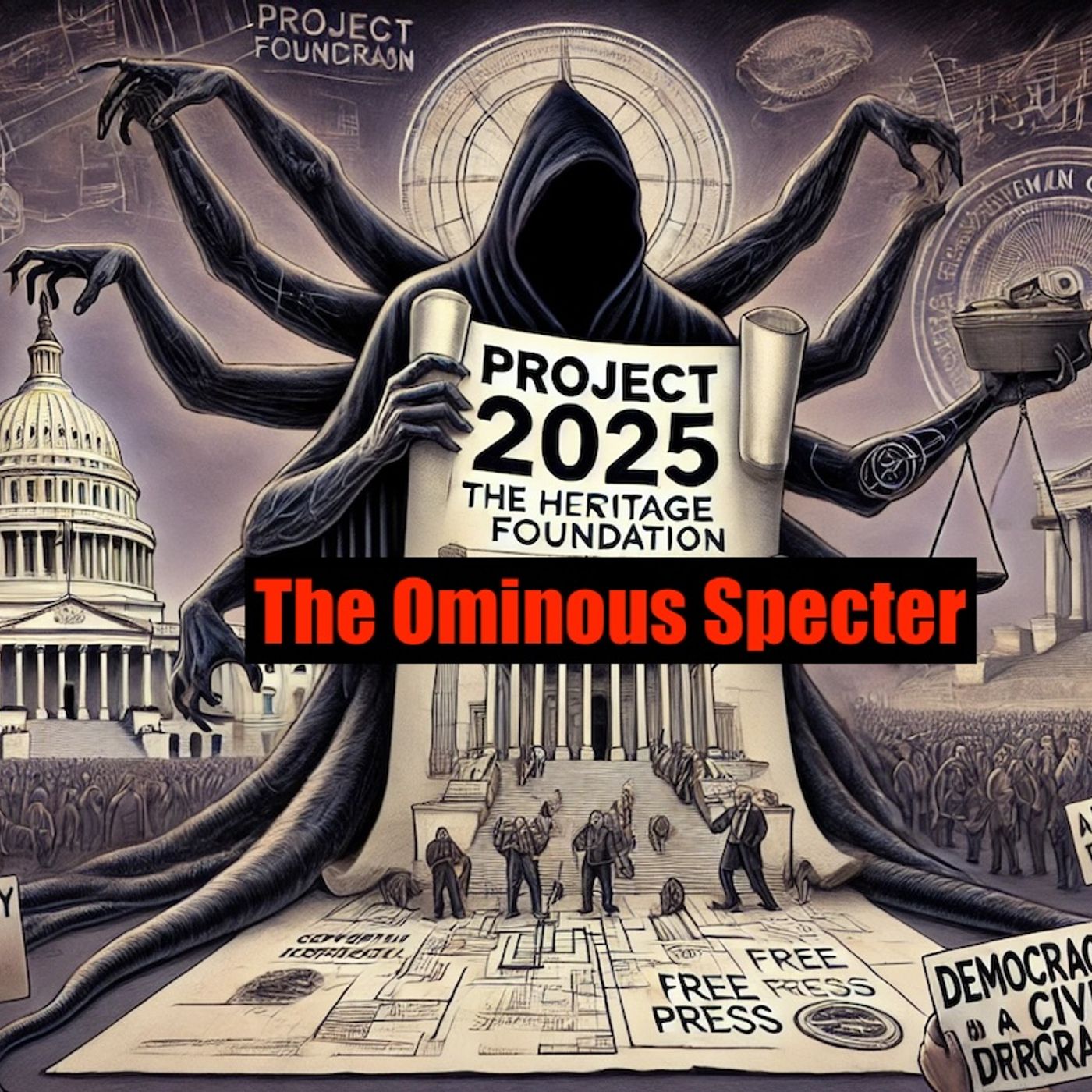
"Transforming Education: Project 2025's Conservative Vision for American Schools by 2025"

Project 2025: The Ominous Specter
Shownotes Transcript
Project 2025, also known as "The Conservative Promise," is a strategic plan detailed in the publication "Mandate for Leadership." The initiative aims to shape the future of public education in the United States by the year 2025 through a conservative lens. On page 319 of the document, it is emphasized that elementary and secondary education should undergo significant reforms.One of the core ideas of Project 2025 is to decentralize educational control, shifting power away from federal bureaucracies and returning it to states and local communities. This approach advocates for increased parental involvement and choice in their children's education, including the support for school voucher programs, charter schools, and other alternatives to traditional public schools. The aim is to create a more competitive and diverse educational landscape, where schools are driven to improve performance to attract students.Another focal point of the project is the curriculum. Project 2025 calls for a return to classical education models, emphasizing core subjects such as mathematics, science, history, and language arts, while ensuring that these subjects are taught from a perspective that aligns with conservative values. The intention is to promote a well-rounded education that also instills a sense of patriotism and understanding of America's founding principles.Teacher accountability and performance are also addressed. Project 2025 suggests reforms in teacher evaluations to tie their performance more directly to student outcomes. This may include merit-based pay systems and removing barriers to enter the teaching profession, thereby attracting more qualified and passionate individuals into education.Standardized testing and assessment are to be overhauled to better reflect student knowledge and abilities rather than teaching to the test. The project advocates for assessments that can provide meaningful feedback to students, parents, and educators, guiding them to improve the educational process.Funding models are scrutinized under Project 2025, with a call for a more equitable distribution of resources that directs funding to students rather than institutions. This student-centered funding model proposes that public education funds should follow the student to whichever school they choose to attend, whether public, private, or charter.Securing the integrity of educational content, Project 2025 seeks to eliminate what it considers to be indoctrination in classrooms. This includes pushing back against curricula that involve critical race theory and other progressive ideologies. Instead, it proposes curricula that reflect a balanced and factual representation of history and civic education.Project 2025 also emphasizes the importance of vocational training and career readiness. The document suggests reviving and expanding vocational programs within secondary education to equip students with practical skills and knowledge that can directly translate to the workforce, thus addressing the gap between education and industry demands.Technology integration is another crucial element, with Project 2025 advocating for increased use of digital tools and online learning platforms. The goal is to enhance educational delivery, especially in rural or underfunded areas, providing all students with access to high-quality educational resources regardless of their geographical location.Overall, Project 2025 presents a comprehensive plan that seeks to reform various aspects of public education to align with conservative values and principles. By placing an emphasis on decentralization, parental choice, classical education, and vocational training, it aspires to create a more efficient, effective, and equitable educational system by the year 2025.